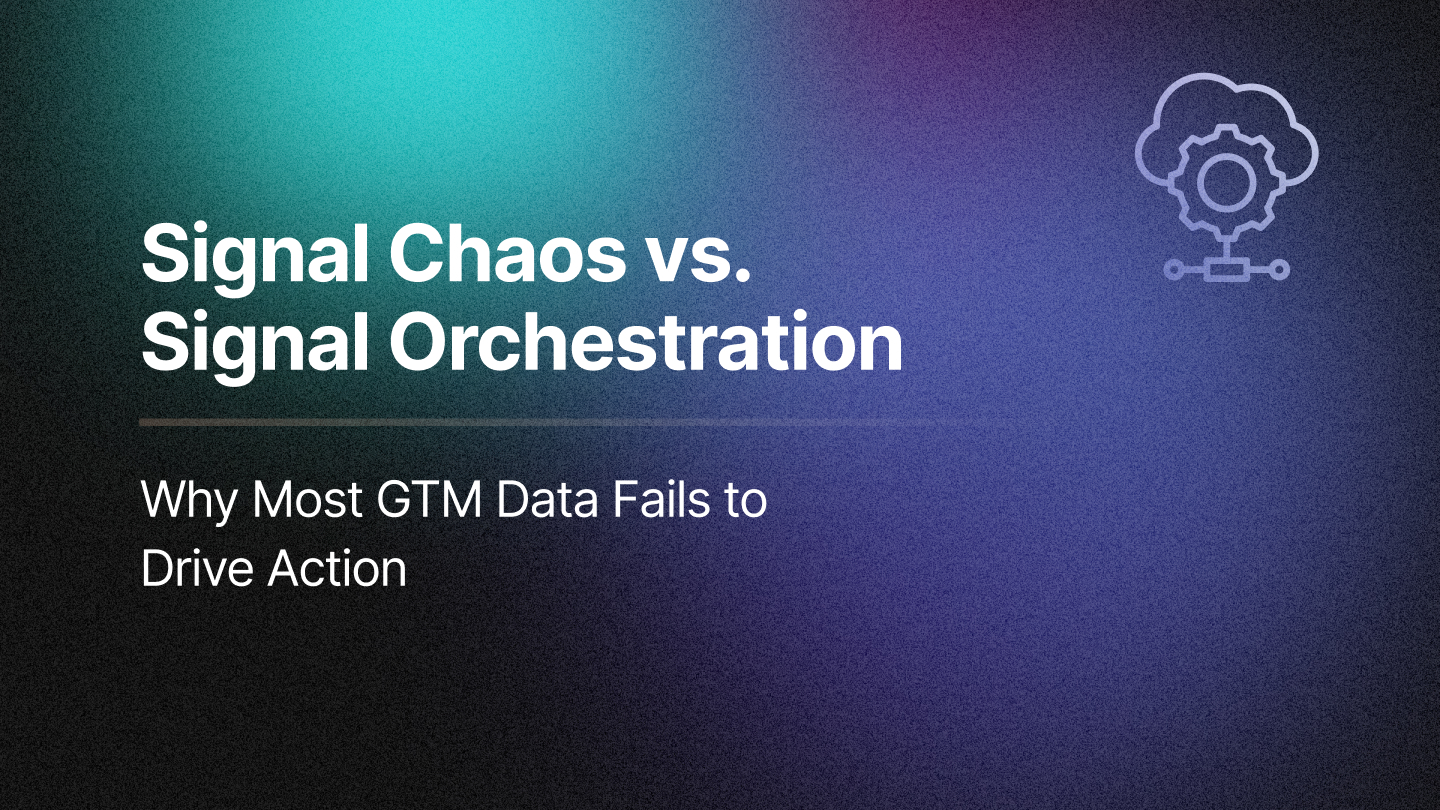Attribution is no longer just a reporting metric; it’s the backbone of strategic decision-making for B2B revenue teams. In a world where buyers interact across dozens of touchpoints, campaigns, and personas before ever becoming an opportunity, assigning credit to the right activities can determine whether budgets are optimized or wasted. Yet, traditional single-touch methods are too simplistic to capture the full journey.
RevSure offers a comprehensive suite of attribution methodologies designed for the complexity of modern GTM motions. From rule-based multi-touch models to dynamic, AI-driven attribution, RevSure ensures that organizations move beyond vanity metrics and surface the true drivers of pipeline and revenue.
Why Attribution Needs to Evolve
B2B buying cycles have grown longer, more non-linear, and involve multiple stakeholders. Marketing teams run campaigns across multiple regions and channels, sales development reps engage in outbound cadences, and AEs drive direct conversations. Meanwhile, offline events, ABM plays, and sponsorships layer additional influence on top of digital engagement.
Without advanced attribution, these interactions become disconnected data points. Sales may undervalue marketing, marketing may over-credit top-of-funnel channels, and leadership may lose trust in reported ROI. Attribution, when done right, aligns these groups around a shared truth. It shows not just which campaigns exist in the funnel, but how they interact to drive movement toward Closed Won deals.
Standard Attribution Models
RevSure supports all industry-standard attribution models, giving teams the flexibility to measure impact based on the specific question they’re asking.
- First Touch – Gives 100% credit to the first campaign that brought a prospect into a stage. Directional for identifying entry campaigns.
- Last Touch – Assigns all credit to the final campaign before conversion, emphasizing the moment of decision.
- Any Touch – Credits each touchpoint equally throughout the journey.
- Influenced Attribution – Gives credit to every campaign engaged, useful for reconciliation with Salesforce Campaign Member Reporting.
- Linear – Distributes equal credit to every touchpoint in the journey.
- U-Shaped – 40% to the first and last touches, with the remainder shared across intermediates.
- J-Shaped – 20% to the first, 60% to the last, with balance divided among intermediates.
- Inverse J-Shaped – Flips the weighting: 60% to the first, 20% to the last, balance to intermediates.
- W-Shaped – 30% each to first, middle, and last touch, with 10% shared across the rest.
- Time Decay – Applies exponential decay, assigning more credit to touches closer to conversion.
Each of these models has its use cases. For example, First Touch is often applied when measuring demand generation effectiveness, whereas Last Touch helps identify which campaigns are most effective at converting prospects into pipeline. Linear models are valuable when fostering collaboration, while W-Shaped and Time Decay are better suited to long, multi-threaded B2B journeys.
Custom and Dynamic Attribution
One size does not fit all. Many enterprises have unique attribution logic already embedded in Salesforce or MAPs, often tied to custom fields on opportunities or proprietary frameworks for credit distribution. RevSure ingests these as custom attribution models, allowing teams to compare and evolve them inside the same platform.
What makes RevSure different is its dynamic attribution capability. Unlike static models that lock teams into rigid rules, RevSure adapts attribution across multiple dimensions- channel, campaign, product, segment, and region. This means that global organizations with diverse motions (field marketing in EMEA, ABM in North America, channel partnerships in APAC) can evaluate attribution consistently without oversimplification.
Dynamic attribution also surfaces synergies across channels. For instance, a webinar may generate registrations, but its true influence may come from how it amplifies paid social engagement. Similarly, a sponsorship may appear low-performing on its own but proves critical when combined with SDR follow-up. RevSure connects these dots by showing the compounded influence of multi-channel engagement.
AI-Based Attribution: From Rules to Data-Driven Models
While rule-based attribution models provide flexibility, they depend heavily on human assumptions. Deciding that the first touch deserves 40% credit or that middle touches should get 10% each is inherently arbitrary. These assumptions often fail in environments where journeys are long, non-linear, and stakeholder-driven.
RevSure addresses this gap with AI-based attribution. Powered by advanced probabilistic models such as Markov Chains, RevSure estimates the marginal contribution of every campaign and touchpoint in driving funnel progression. Rather than assigning credit based on pre-set rules, it calculates the probability that removing a campaign from the journey would reduce conversion.
This approach has several advantages:
- It captures non-linear buyer behavior across multiple stakeholders.
- It uncovers hidden synergies, such as campaigns that perform poorly on their own but significantly lift other channels.
- It adapts in real time, recalibrating as new journey data is ingested.
AI attribution moves organizations from descriptive to predictive insights. Instead of just knowing where credit was allocated, GTM leaders can forecast which campaigns are likely to accelerate pipeline or improve win rates in the future.
Choosing the Right Model
The power of RevSure is not in forcing a single model but in providing the full range, allowing GTM leaders to select the methodology based on the business question at hand:
- Use First Touch when identifying campaigns that spark initial awareness.
- Apply Time Decay when recency plays a critical role in decisions.
- Choose W-Shaped when you want to balance early, middle, and late influence.
- Leverage AI-Based Attribution when seeking unbiased, data-driven clarity on true contribution.
By applying models contextually, teams gain a more complete understanding of marketing’s role in pipeline generation and revenue acceleration.
Conclusion
Attribution in RevSure is not static; it is multi-touch, dynamic, and adaptive. From First Touch and Linear models to AI-driven Markov chain methodologies, RevSure provides GTM teams with the tools to measure true influence across campaigns, regions, and sales motions.
In a market where efficiency is everything, attribution is more than a metric. It is a strategic enabler for aligning marketing, sales, and RevOps around a shared source of truth, ensuring every budget decision is backed by clarity, confidence, and measurable impact.
Related Blogs







